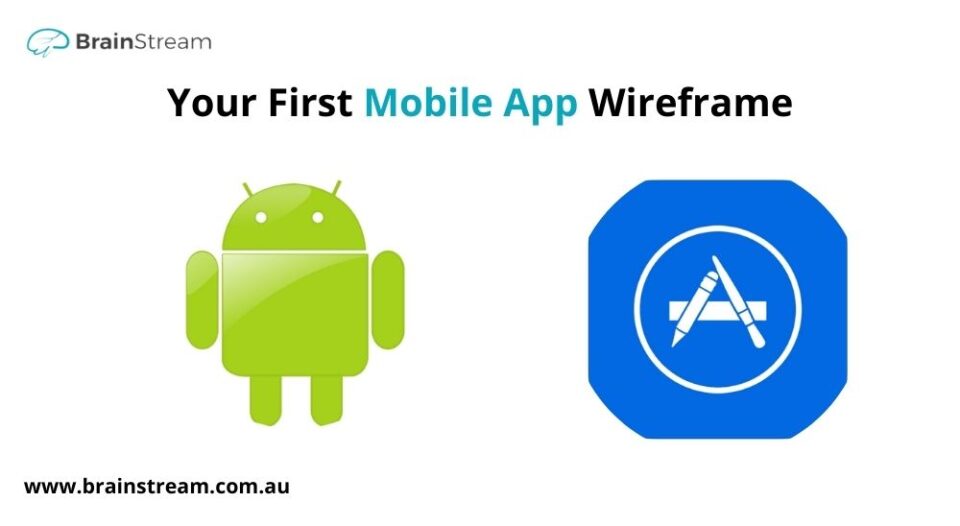Before starting to design your mobile app, you need to truly understand its purpose and get ideas about its look and feel (yes, it is that important). Wireframes are perfect for this task because they allow you to focus on the function of an app without focusing on the details. They provide a simple way for you to convey complex design ideas quickly and easily.
Here is a guide for your first mobile wireframe Android app development.
1) Think of Function First
Mobile apps should be created with the user experience in mind (UX), so all of your designs must follow UX best practices. One good rule of thumb is to think about what people want when using the app instead of how it will look or where certain buttons will go. This approach will help ensure that users will get the most out of your app, which is critical for increasing downloads. A good iOS Application Development Services can help better in this case
2) Use Low-Fidelity Wireframes
Low-fidelity wireframes are just enough to show how an app will look, not what it will do. Resources like Pinterest or Evernote are great examples of apps that can be shown in just a few sketches. Although this might seem to limit, it allows you to focus on design cohesion instead of worrying about the pixel-perfect placement of features and buttons.
3) Show Interactions Between Screens
It’s important to understand how users move throughout your app so they don’t become frustrated while using it or lose interest altogether because they can’t figure out where certain functions are located. Successful mobile apps use UX best practices to guide users through the process of using an app, so it’s important to show how screens will interact with one another.
4) Show Clickable Areas on Images
Since low-fidelity wireframes are meant for designers and not developers, you should consider showing clickable areas by marking them on images rather than placing buttons or links on your sketches. This will save time because you won’t have to worry about exactly where they are placed when building the wireframe in HTML, CSS, or other coding languages Android app development.
5) Use Annotations Sparingly
Annotations help point out important content that needs to be labeled or offer additional design guidance but can also clutter up your sketch if used too much. Be careful not to over-label images or draw arrows everywhere to avoid confusing your audience. You should also avoid using annotations for interactive elements because that’s the developer’s place, not yours.
6) Validate Your ideas With Other Developers
It can be very helpful to get feedback about your wireframes from other people in the industry before diving into design details. Developers will understand how much work goes into building an app and give you great feedback about whether it’s feasible based on current technology or if something needs to change before you spend too much time designing around it.
This is one of the most important tips given its importance in helping you save valuable time by avoiding having to go back and rebuild parts of your wireframe too many times over trivial things that might have been resolved upfront.
7) Don’t Worry About Aesthetic Details too Much
It’s tempting to get caught up in fun aesthetics even at this early stage but remember that beauty is only skin-deep! Unless beauty will make your product more functional, consider that oftentimes it’s better to have an ugly mobile app that works extremely well than a beautiful one that doesn’t meet the core needs of your target audience. Don’t worry too much about color schemes or fonts yet because details like these can be changed after you work out major functionality issues.
8) Testing
Testing with people who are new to your app will show you where things are difficult to understand and what certain functions of the app might need. Although getting feedback can be time-consuming at first, this is essential for eliminating ideas quickly before they get built into finalized designs that might not work for users. It’s also helpful to get feedback from people slightly familiar with your app just so you’re aware of slip-ups that might happen.
Conclusion
That’s it! If you follow these tips, you’ll have a much better chance of creating effective wireframes for your next mobile app project. Feel open to sharing your tips in the comments below!
Read More: Value of Licensing your Mobile App Idea
